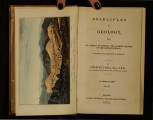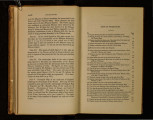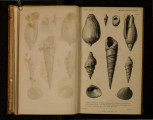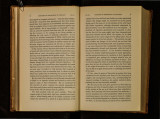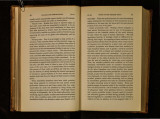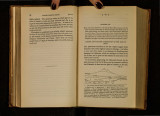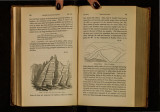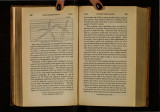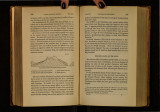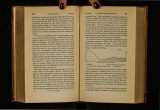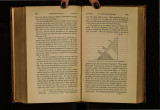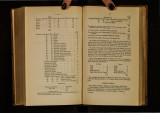| OCR Text |
Show 78 GLOSSARY. II, p. 891.), found chiefly in England, in the Island of Portlancl on the coast of Dorsetshire. The great supply of the building stone used in London is from these quarries. PozzuoLANA. Volcanic ashes, largely used as mortar for buildings, similar in nature to what is called in this country Roman cement. It gets its name from Pozzuoli, a town in the bay of Naples, from which it is shipped in large quantities to all parts of the Mediterranean. PnonucTJE. An extinct genus of fossil bivalve shells, occurring only in the older of the secondary rocks. It is closely allied to the living genus Terebratula. PuBESCENCE. The soft hairy down on insects. Etym., pubesco, the first growth of the beard. Pu:MICE.-A light spongy lava, of a white colour, produced by gases, or watery vapour getting access to the particular kind of glassy lava called obsidian, when in a state of fusion-it may be called the froth of melted volcanic glass. The word comes from the Latin name of the stone, pumex. PuRBECK LIMESTONE, PuRBECK BEDS. Limestone strata belonging to the Wealden group. See Table II. G, p. 890. PYRITES (Iron). A compound of sulphur and iron, found usually in yellow shining crystals like brass, and in almost every rock stratified and unstratified. The shining metallic bodies, so often seen in common roofing· slate, are a familiar example of the mineral. The word is Greek, and comes from 'TT'vp, pyr, fire, because, under particular circumstances, the stone produces spontaneous heat a.ncl even inflammation. QuADRUMANA. The order of mammiferous animals to which apes belong. Etym., quadrus, a derivation of the Latin word for the number four, and manus, hand,-the four feet of those animals being in some degree usable as hands. QuA-QUA-VERBAL DrP. The clip of beds to all points of the compass around a centre, as in the case of beds of lava rounrl the crater of a volcano. Elym., · qua-quu versum, on every side. QuARTZ. A German provincial tet·m, universally adopted in scientific language, for a simple mineral composed of pure silex, or earth of flints; rock-crystal is an example. RED MARL. A term often applied to the New Red Sandstone, which GLOSSA ltV, 7D is the principal member of the Red Sandstone group. See Table II. K, p. 392. RETICU~ATE. A structure of cross lines, like a net, is said to be reticulated, from rete, a net. RocK SALT. . Common culinary salt, or muriate of soda, found in vast sohd masses or beds, in different formations, extensively in the New Red Sandstone formation, as in Cheshire, and it is then called rock-salt. Ru:MINANTIA. Animals which ruminate or chew the cud. Etym., the Latin verb rumino, meaning the same thing. SACCHAROID, SACCHARINE. When a stone has a texture resembling that of loaf-sugar. Elym., uat<~eap, sacchar, sugar, and ttooc, eidos, form, SALIENT ANGLE. In a zig- No. 93. zag line, a a are the a a a c£ salient angles, b b the /"~ ~ b /""' 0 /\\ re-entering angles. / / W \Y Etym., salire, to leap or bound forward. SALT SPRINGS. Springs of water containing a large quantity of common salt. They are very abundant in Cheshire and W orcestershi~ e, and culinary salt is obtained from them by mere evaporation. SANDSTONE. Any stone which is composed of an agglutination of grains of sand, which may be either calcareous or siliceous. SAURIAN. Any animal belonging to the lizard tribe. Etym., uavpa, saura, a lizard. ScHIST. Synonymous with slate. Etym., part of the Latin verb sC'indo, to split, from the facility with which slaty rocks may be split into thin plates. ScmsTosE RocKs. Synonymous with slaty rocks. ScoRTJE. Volcanic cinders. The word is Latin for cinders. SEAMS. Thin layers which separate two strata of greater magnitude. SECONDARY STRATA. An extensive series of the stratified rocl\s which compose the crust of the globe, with certain characters in common, which disting·uish them from another series below them, called primary, and from a third series above them called tertiary. See vol. iii. p. 324, and Table II. p. 390. SECULAR REFRIGERATION. The periodical cooling and consolidation of the globe, from a supposed original state of fluidity from heat. Smculum, age or period. SEDIMENTARY RocKs, are those which have been formed by their |







